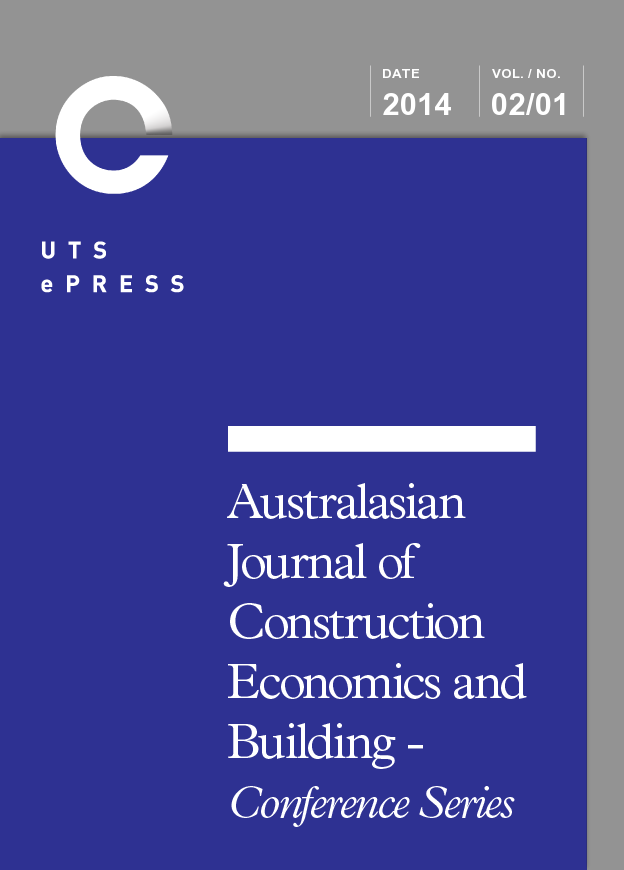Performance Study on Natural Marker Detection for Augmented Reality Supported Facility Maintenance
Main Article Content
Abstract
The operation and maintenance phase is the longest and most expensive life-cycle period of building facilities. Operators need to perform activities to provide a comfortable living and working environment and to upkeep equipment to prevent functionality failures. For that purpose they manually browse, sort and select dispersed and unformatted facility information before actually going on the site. Although some software tools have been introduced, they still spent 50% of the on-site work on inspection target localization and navigation.
To improve these manual, time consuming and tedious procedures, the authors previously presented a framework that uses BIM-based Augmented Reality (AR) to support facility maintenance tasks. The proposed workflow contains AR supported activities, namely AR-based indoor navigation and AR-based maintenance instructions. An inherent problem of AR is marker definition and detection. As introduced, indoor natural markers such as exit signs, fire extinguisher location signs, and appliances’ labels were identified to be suitable for both navigation and maintenance instructions. However, small markers, changing lighting conditions, low detection frame rates and accuracies might prevent the proposed approach from being practical.
In this paper the performance of natural marker detection will be evaluated under different configurations, varying marker types, marker sizes, camera resolutions and lighting conditions. The detection performance will be measured using pre-defined metrics incorporating detection accuracy, tracking quality, frame rates, and robustness. The result will be a set of recommendations on what configurations are most suitable and practical within the given framework.
Article Details
Section
Authors who publish with this journal agree to the following terms:
a) Authors retain copyright and grant the journal right of first publication with the work simultaneously licensed under a Creative Commons Attribution License that allows others to share and adapt the work with an acknowledgement of the work's authorship and initial publication in this journal.
b) Authors are able to enter into separate, additional contractual arrangements for the non-exclusive distribution of the journal's published version of the work (e.g., post it to an institutional repository or publish it in a book), with an acknowledgement of its initial publication in this journal.
c) Authors are permitted and encouraged to post their work online (e.g., in institutional repositories or on their website) prior to and during the submission process, as it can lead to productive exchanges, as well as earlier and greater citation of published work (See The Effect of Open Access). Where authors include such a work in an institutional repository or on their website (ie. a copy of a work which has been published in a UTS ePRESS journal, or a pre-print or post-print version of that work), we request that they include a statement that acknowledges the UTS ePRESS publication including the name of the journal, the volume number and a web-link to the journal item.
d) Authors should be aware that the Creative Commons Attribution (CC-BY) License permits readers to share (copy and redistribute the work in any medium or format) and adapt (remix, transform, and build upon the work) for any purpose, even commercially, provided they also give appropriate credit to the work, provide a link to the license, and indicate if changes were made. They may do these things in any reasonable manner, but not in any way that suggests you or your publisher endorses their use.
